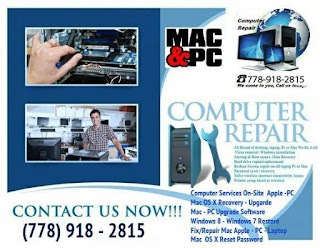
The result? The iMac, the iPod, the iPhone, the iPad – products you either own, have probably owned at some point, or can probably see somewhere in the office right now. Jobs was back – and this time he was the hero.Īs interim CEO, Jobs set about transforming Apple, balancing innovative tech with sleek design. But by 1997, the success of NeXT, coupled with the fading fortunes of Apple, resulted in his old company buying out his new venture. He then founded NeXT, another computer firm, and even bought budding animation studio Pixar (yes, that Pixar). Critics dismissed it as not much more than a toy, while board members were already angry about Jobs' decision to try and make Apple computers for the mass-market. Unfortunately, it didn't exactly go to plan.ĭespite a huge marketing campaign (featuring 39 pages of ads in Newsweek and a Super Bowl half-time TV ad directed by Ridley Scott), the Macintosh didn't sell as well as hoped. Computers were going to become everyday, for everyone. The Macintosh came with all the features you'd recognise in a computer today.Įssentially, Jobs wanted to create a computer that was for anyone – it wasn't going to be something that just techies could appreciate, it was going to be a mass-market product. The Macintosh wasn't going to be just another computer – the Macintosh featured a computer mouse, it featured a variety of fonts (inspired by Jobs' fondness for calligraphy), it featured windows, icons, menus, a graphical interface and even expandable memory (128K or 0.000128GB, if you're wondering). Apple had enjoyed decent success since their inception eight years previously, producing the Apple I, II, III and Apple IPO – businesses computers, basically. In 1984, Apple was about to launch a brand new product: the Macintosh. But a key moment in the history of the company could be traced backed to 1984. We've already covered how a disruptive attitude was the thing that set Apple on course to become the enduring force that it is today. Steve Jobs transformed not just the computing industry, but the way we go about our day-to-day lives.


Steve Jobs made as many enemies as he did admirers.

He was a meticulous, aggressive, tantrum-throwing obsessive whose bloody-minded determination to change the world dragged his company (from which he had been already fired from) into the 21st century. Steve Jobs wasn't a kooky, laid back soothsayer. He's the mystic in dad jeans coolly offering us a glimpse of the future like there was nothing to it.īut since his untimely death, the hundreds of obituaries, the books, the biographies and even two feature-length films, we now know the truth. If you look at Steve Jobs' presentations as CEO of Apple – the launch of the iPhone or the iPad for example – you'll see a bookish, cheery computer geek languidly shuffling up and down the stage, chatting about his new product.


 0 kommentar(er)
0 kommentar(er)
